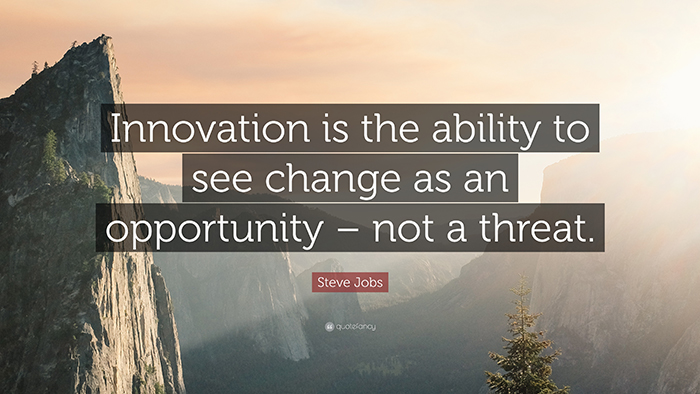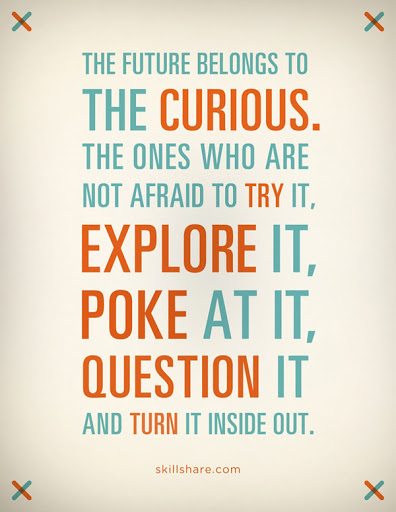It has been 7 months since we had to adjust how we live due to a pandemic. As we navigate through the stages of grief, fear, sadness, worry, and anger we are arriving at a new place of doing. What we did and had to do has led us to now. Without being too dramatic or ridiculous, 2020 has forced us to pay attention. When many things change at once we must pay attention with diligence so we can survive and thrive. And if you are like me, it all seemed horrible and impossible for the first few months. As a natural pessimist I could quickly think of doomsday scenarios for every facet of life COVID was set to ruin. But first, I had to make sure my family was safe then start in on my business and 9 employees. Initial panic over the how’s of the situation led to the awareness of how lucky we were to already have telepractice as a part of our private practice. Within a couple weeks we were up and running. We ran in circles at first, but then began watching how quickly the world began to create solutions. It felt like creativity, innovation, and passion exploded out of every SLP. The few resources we had as telepractitioners grew so quickly we quickly became overwhelmed with too many resources, choices, and materials. Special Interest groups and social media became our source for the latest and greatest techniques. Even more special than the amount of resources we suddenly had, was the selflessness we witnessed as creative minds gave their ideas away for free without question to fellow SLPs and, therapists, and educators.
I have been using telehealth/therapy for nearly a decade and have used it exclusively for the past 3 years. What started as a convenient and more effective therapeutic setting turned into solution for many issues we face as speech-language pathologists in private practice and early intervention. I have written and spoken about the benefits of telepractice locally and at the 2019 ASHA convention prior to COVID-19. Because teletherapy was a solution for me years ago I found and read the research surrounding telehealth and telepractice. Research has supported the use of telehealth/practice/therapy in many settings for some time now (roughly 15 years or more; https://www.theinformedslpmembers.com/free-telepractice-research-reviews), but people and institutions were reluctant to use it based merely on tradition (e.g., early intervention means in person and in the home) and conventional wisdom: beliefs that large systems cannot change, that being-face-to face is always a better way to learn. Prior to COVID-19, those of us doing teletherapy were really struggling to convince parents, therapists, and institutions that telepractice is valid and often superior to in-person sessions for certain populations and interventions. Even my friends, colleagues, employees, and family members also in the field were not willing to believe teletherapy could work for them.

When social distancing became mandatory for all settings, I was able to move the caseloads of my 9 therapists completely to teletherapy with relative ease. My heart sank for those losing jobs, those forced to keep jobs, and for those who had to continue working while also teaching their children at home. I and my business were very fortunate. None of my employees lost their job, and everyone maintained their caseloads. I even hired 2 new therapists out of the 22 applications we received (many therapists were out of a job or wanted a safer one using teletherapy). As we transition back to seeing others face-to-face, many therapists are now choosing to continue using telepractice as a part of their careers. There seem to be two main reasons for this. One, it is easier to juggle family life and caseload size through telepractice. And two, many are seeing better results from their clients and patients. I wrote about these phenomena and others found here.

Because telepractice and early intervention are the settings of my private practice, we didn’t have overhead such as office space and simply had to add more profiles to the therapy platforms we already had. After doing sessions through teletherapy platforms like Zoom or Go To Meeting I was able to apply for small business loans to help with the additional cost of these platforms and eventual state and Federal budget cuts. Even more importantly, I was able to keep my therapists safe. They didn’t have to put themselves in harm’s way to keep their paychecks and keep helping their clients and families. They kept their income and learned quickly how to be very effective using teletherapy.

We also began seeing amazing results. The parent education piece of early intervention became absolutely essential for children to receive services through teletherapy platforms. We had a small population (maybe 5%) who didn’t want teletherapy services or were not able to make it work, but the rest made adjustments for therapies right next to those needed for returning to school. Many families were able to use our services to help with school usage of the same technology. Parents were learning right next to their children in a way that wasn’t possible before. On a personal note, I was able to be a mom and help my 2 children at home with their learning while continuing to see all my patients. This, along with the focus on a screen yielded better success for the majority of our children. Our teens and adults also benefitted because they could finally get intense services like LSVT LOUD via teletherapy that eliminated the need to drive to sessions each day. The time spent driving and waiting for services and school activities was eliminated enabling therapists and families more time in their day for all the additional hardships brought on by social distancing.

The massive numbers of SLPs who were thrust into telehealth/telepractice did amazing things. Therapists all over the country went into hyperdrive creating materials at lightning speed; most of which were given away without charge. In a remarkably short amount of time we had more materials and peer support than ever before. We were no longer limited by where we live. State lines don’t matter online and we can now collaborate with collogues thousands of miles away to help our similar clients and students. Many of us are experiencing information overload. But, the man behind the curtain has been removed. Knowing we can create authentic settings from our computers has allowed us to capture the attention of young children and those with more severe disabilities by creating virtual settings from a beach to a kitchen, to a classroom, and a camping trip. We are suddenly fun on a computer. The biggest argument against for teletherapy was shattered. I have gone fishing more than a few times straight from my home office and I have a lovely green sheet hanging from the ceiling if I want to swim in the ocean with colorful fish.
The adaptation, creation, and collaboration with peers feels innovative and energizing as we let our minds out of their cages. We now have truly amazing resources, materials, and research outcomes as a result of our time at home. Even large systems have rapidly changed at the insistence of teachers and therapists. Insurance companies and certification institutions like ASHA and DORA have made changes to legislation in a fraction of the time it would have taken without the absolute necessity of teletherapy. Wages for teletherapy services have long been debated, but research and recent evidence is finally making gains to prove that telehealth services are not inferior to traditional services, allowing millions of people to receive services they never would have had access to before while therapists maintain their income. Lastly, many people with disabilities are doing better and improving faster than they did through in-person learning and therapies. Teletherapy cuts out the noise, the physical transitions, the cancellations due to weather, illness, traffic, etc. To top it off, those with disabilities can also get access to specialists that would have meant hundreds of hours of travel and large out-of-pocket costs.
Only one barrier remains; the lack of an interstate compact that would allow patients and therapists access to each other despite state lines and regulations. This has been an active pursuit for small groups in some states for years, but it is a painfully slow process. The hope now is that with enough evidence of the effectiveness of teletherapy regardless of location and income, everyone should have access to quality and appropriate care.

Going forward we will have the ability to use a hybrid approach that will further speed-up therapeutic progress because we can use telepractice for the times when small scheduling interruptions would traditionally result in cancellations and no-shows. If it snows or a sibling gets sick, we can still have therapy or reschedule sessions easier because travel can be eliminated. We can get more done in the same amount of time once the peripheral acts of travel, weather, and daily life disruptions are reduced and/or removed.
I know we are some of the lucky ones. Not everyone has had such positive experiences. We were doing teletherapy prior to COVID and see a population that allowed for a quick shift to telepractice. Those in medical settings and schools have a much different experience, but I do think those settings are also learning better ways to practice or seeing areas of practice that may no longer make sense. Children with and without disabilities are also benefiting from learning at home. This is not to say that things are better in the time of COVID. We need to be with our patients, clients, and students face-to-face. But now we have choices we didn’t have before. There are and will be many people who now have access to services and specialized services despite geographical and health factors. In my case, I can see people with Down syndrome who can’t see me in person due to distance or illness. I can collaborate with a child’s therapeutic and/or educational teams to help them better serve their patients, clients, and students with greater ease.
I have a feeling we will have a new fight on our hands now that we have been using teletherapy for over 6 months. We may now have to fight to keep telehealth available as a valid and reliable model of intervention needed for best practice.



